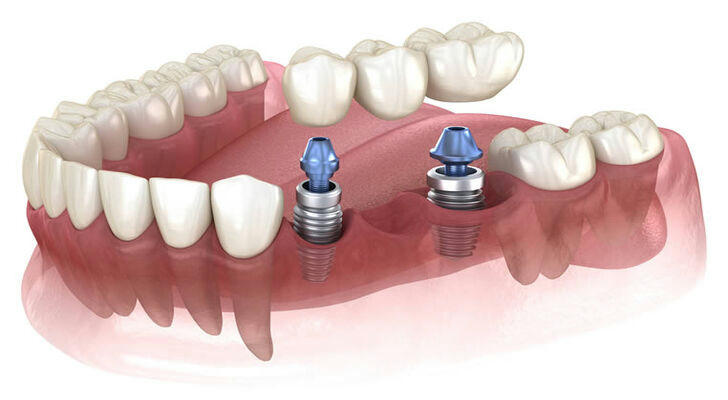A Guide to Dental Implants for Seniors in the U.S.: Costs, Age Comparison & Money-Saving Tips
How much do dental implants really cost? Are there ways to lower the expense?
This article offers a comprehensive overview of dental implant pricing, cost breakdowns for different treatment options, and practical strategies for seniors to reduce out-of-pocket expenses.

1. How Much Do Dental Implants Cost? Realistic Prices Seniors Should Know
In the U.S., the total cost of a single dental implant typically ranges from $3,000–$6,000, and includes the following components:
- Implant post (titanium screw placed into the jawbone)
- Surgical procedure
- Abutment and crown
- X-rays or CT scans
- Anesthesia and follow-up visits
If you need multiple implants or a full-mouth restoration, here are some reference prices for common types of dental implants:
| Type | Description | Price Range (USD) |
|---|---|---|
| Single Implant | One missing tooth | $3,000 – $6,000 |
| Implant Bridge | 2–3 missing teeth, supported by 2 implants | $6,000 – $10,000 |
| Full Mouth (All-on-4) | 4 implants per arch, fixed denture attached | $20,000 – $30,000/arch |
| All-on-6 / All-on-8 | More implants supporting a full set of teeth | $30,000 – $50,000+ |
2. Implant Needs and Estimated Costs by Age Group (2025 Outlook)
Although dental implants aren't restricted by age, different age groups have different needs and treatment plans. Here's a breakdown by age with estimated costs:
| Age Group | Common Needs | Recommended Plan | Estimated Cost (USD) |
|---|---|---|---|
| 50–59 | One or two missing teeth | Single dental implant | $3,500 – $5,000 |
| 60–69 | Multiple missing teeth, failed bridges | Implant bridge, All-on-4 | $6,000 – $25,000 |
| 70–79 | Partial or full tooth loss | All-on-4 or All-on-6 | $20,000 – $40,000 |
| 80+ | Focus on comfort if health permits | All-on-4 + light sedation | $18,000 – $35,000 |
📝 Note: If you have osteoporosis, diabetes, or other chronic conditions, the implant plan should be individually evaluated.
3. How Can Seniors Lower Dental Implant Costs? 5 Practical Strategies (with Examples)
High costs don’t mean implants are out of reach. Here are five widely-used money-saving tips, each with a real-life example:
1. Compare Quotes from Multiple Clinics Prices vary by location and provider expertise. It's wise to get at least 3 estimates.
✅ Example: ClearChoice offers 3D scans and personalized quotes, ideal for first-time consultations.
2. Consider Dental School Clinics Many dental schools offer discounted treatments performed by supervised students — a great value.
✅ Example: UCLA School of Dentistry’s implant program is often more affordable than private practices.
3. Use Dental Discount Plans These aren't insurance but give direct discounts on procedures.
✅ Example: Careington 500 Series offers 20–60% off implant-related services.
4. Explore Payment Plans Many clinics offer installment plans, easing upfront financial stress.
✅ Example: Sunbit allows patients with lower credit scores to purchase dental implant services in installments.
5. Check for Senior Aid or Veterans Benefits Government and community programs provide partial subsidies for eligible seniors.
✅ Example: Veterans Affairs (VA) covers implant costs for qualified veterans.
4. Final Thoughts: Smart Planning Makes Implants More Affordable
Though dental implants are costly, they offer superior durability and comfort compared to traditional dentures. For seniors, making smart choices about providers and financial options is key to getting the best return on investment for oral health.
If you’re planning to undergo implant treatment soon, remember to:
- Get a health evaluation first
- Consult 3–5 clinics
- Consider dental schools, discount plans, and government programs
🦷 Keep smiling — your health is worth it!
